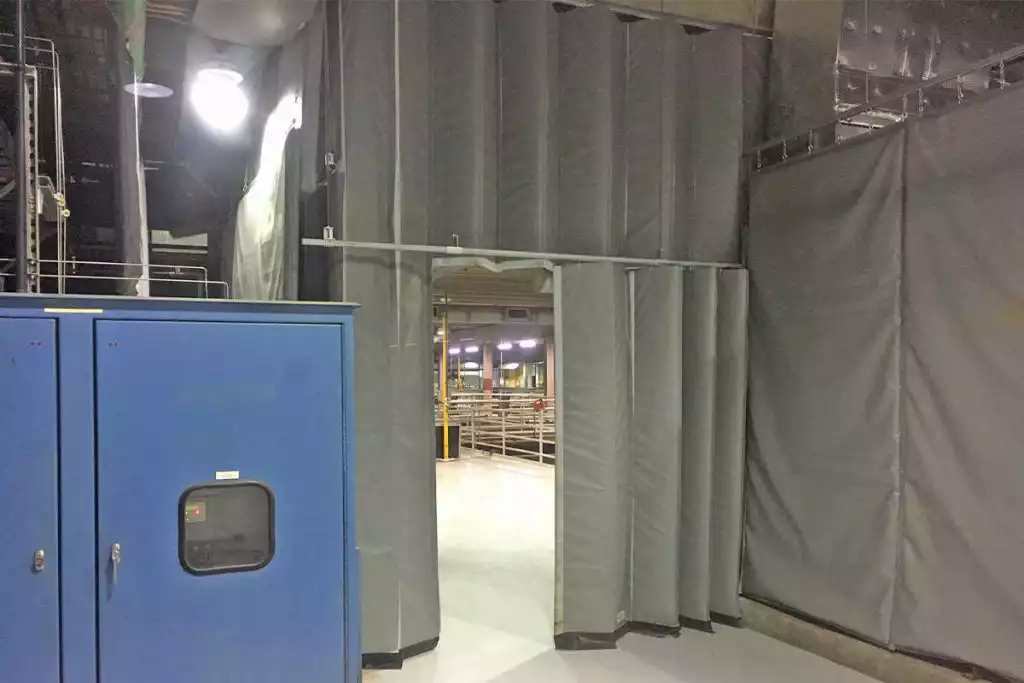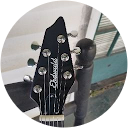- Industrial
- Warehouse Curtains
- Separation Panels & Curtains
- Food Grade Curtains
- Welding Curtain Walls
- Auto Body Shop
- Paint Booth Curtains
- Aluminum Repair Curtains
- Photography Backdrop Curtains
- Commercial Barn Curtains
- Curtain Enclosures
- Anti-Static ESD Curtains
- PVC Strip Doors
- Heavy Duty Outdoor Curtains
- High Temperature Curtains
- Stock Industrial Curtains
- Custom Curtain Walls with Logos
- Data Center
- Thermal
- Acoustic
- Hardware
- Installation
- Product Showcase
- Resources
- Industrial
- Warehouse Curtains
- Separation Panels & Curtains
- Food Grade Curtains
- Welding Curtain Walls
- Auto Body Shop
- Paint Booth Curtains
- Aluminum Repair Curtains
- Photography Backdrop Curtains
- Commercial Barn Curtains
- Curtain Enclosures
- Anti-Static ESD Curtains
- PVC Strip Doors
- Heavy Duty Outdoor Curtains
- High Temperature Curtains
- Stock Industrial Curtains
- Custom Curtain Walls with Logos
- Data Center
- Thermal
- Acoustic
- Hardware
- Installation
- Product Showcase
- Resources





















